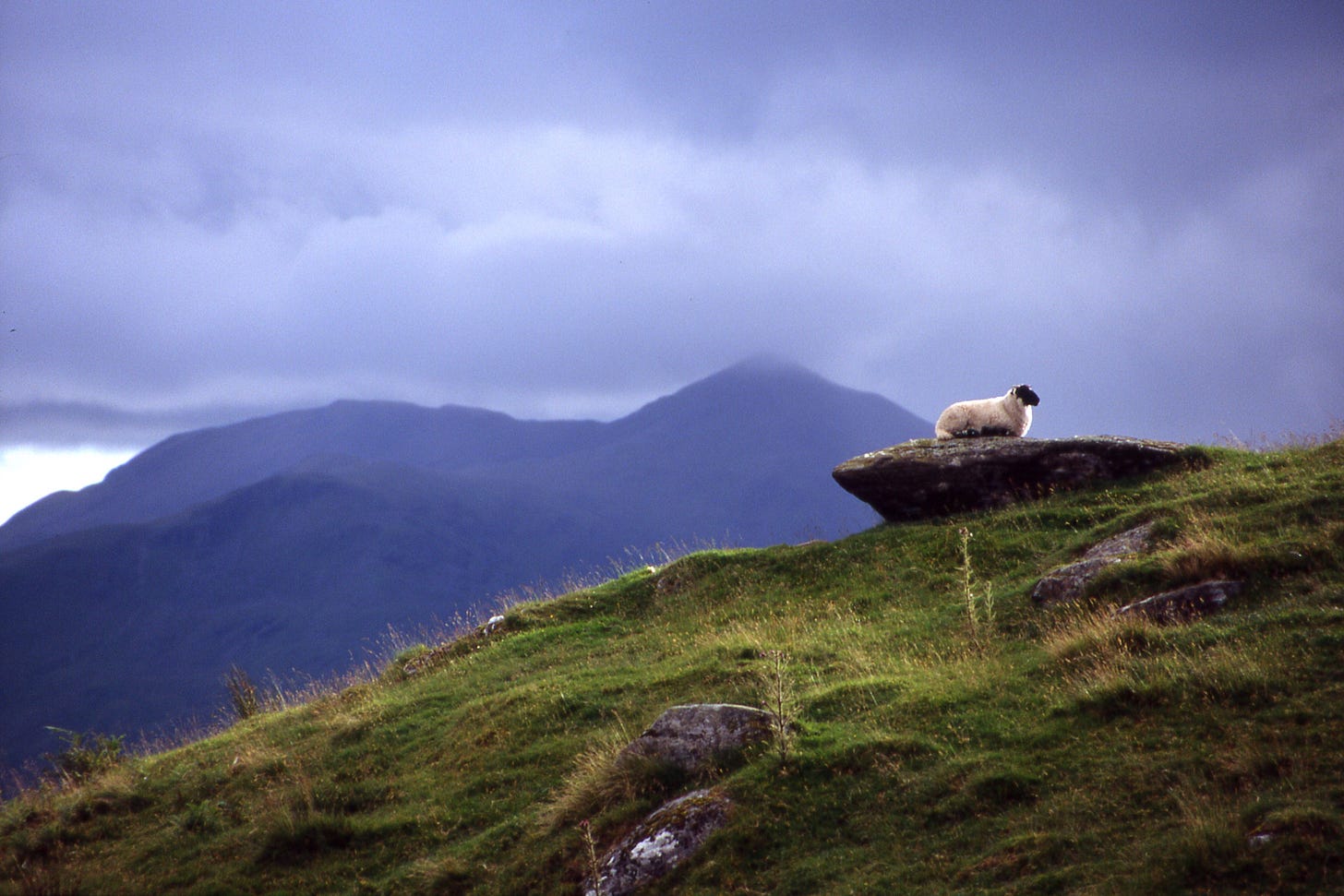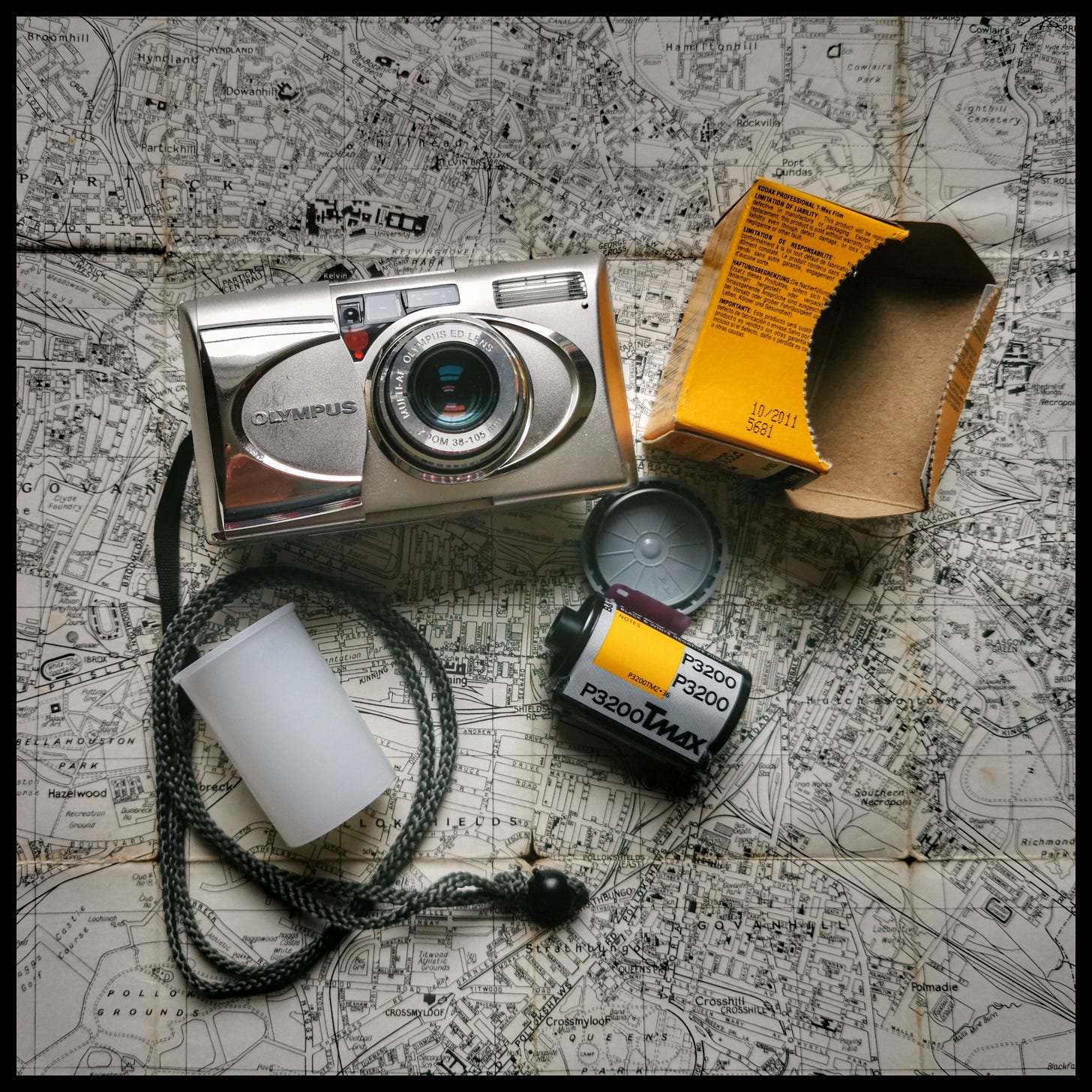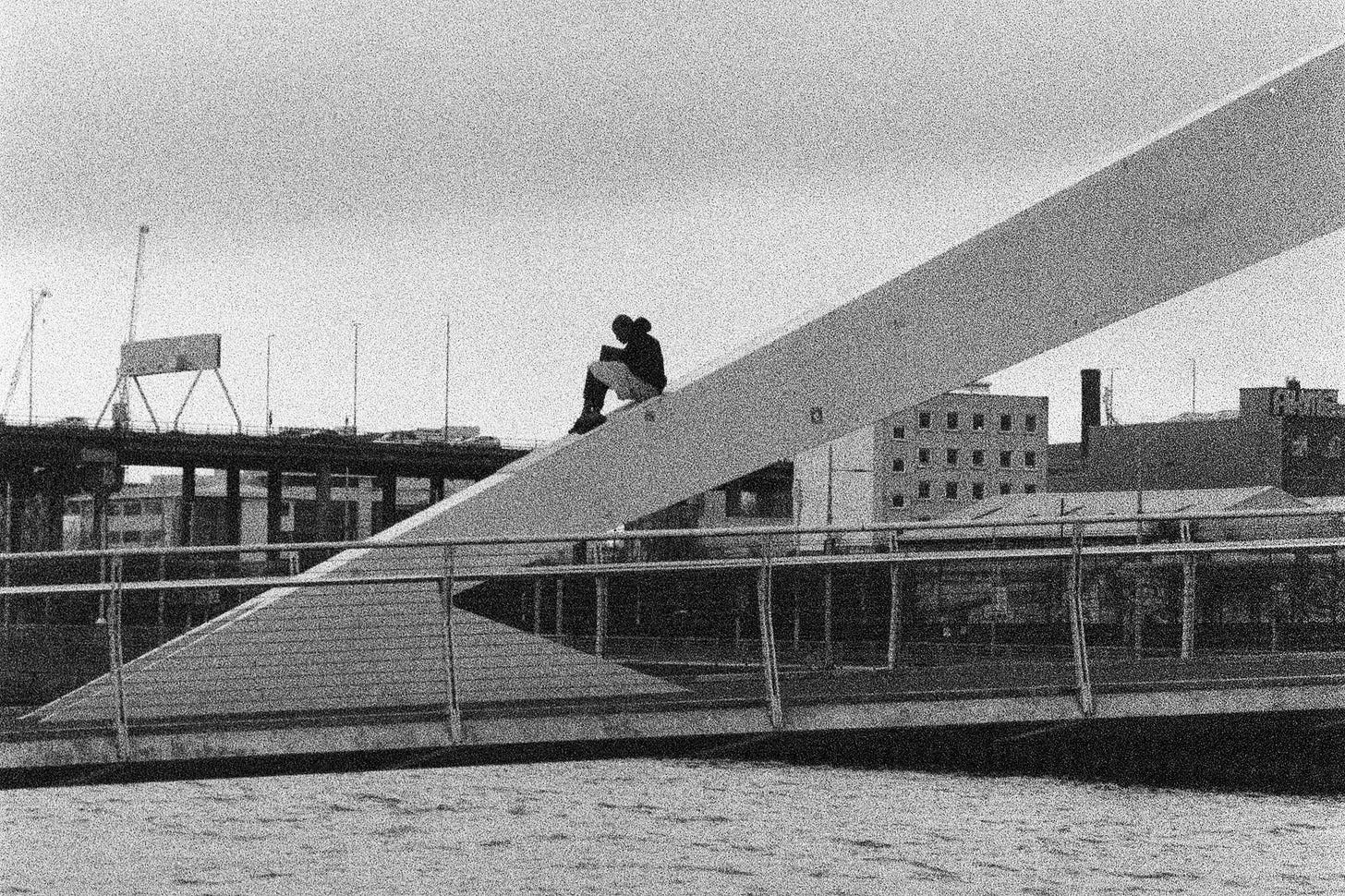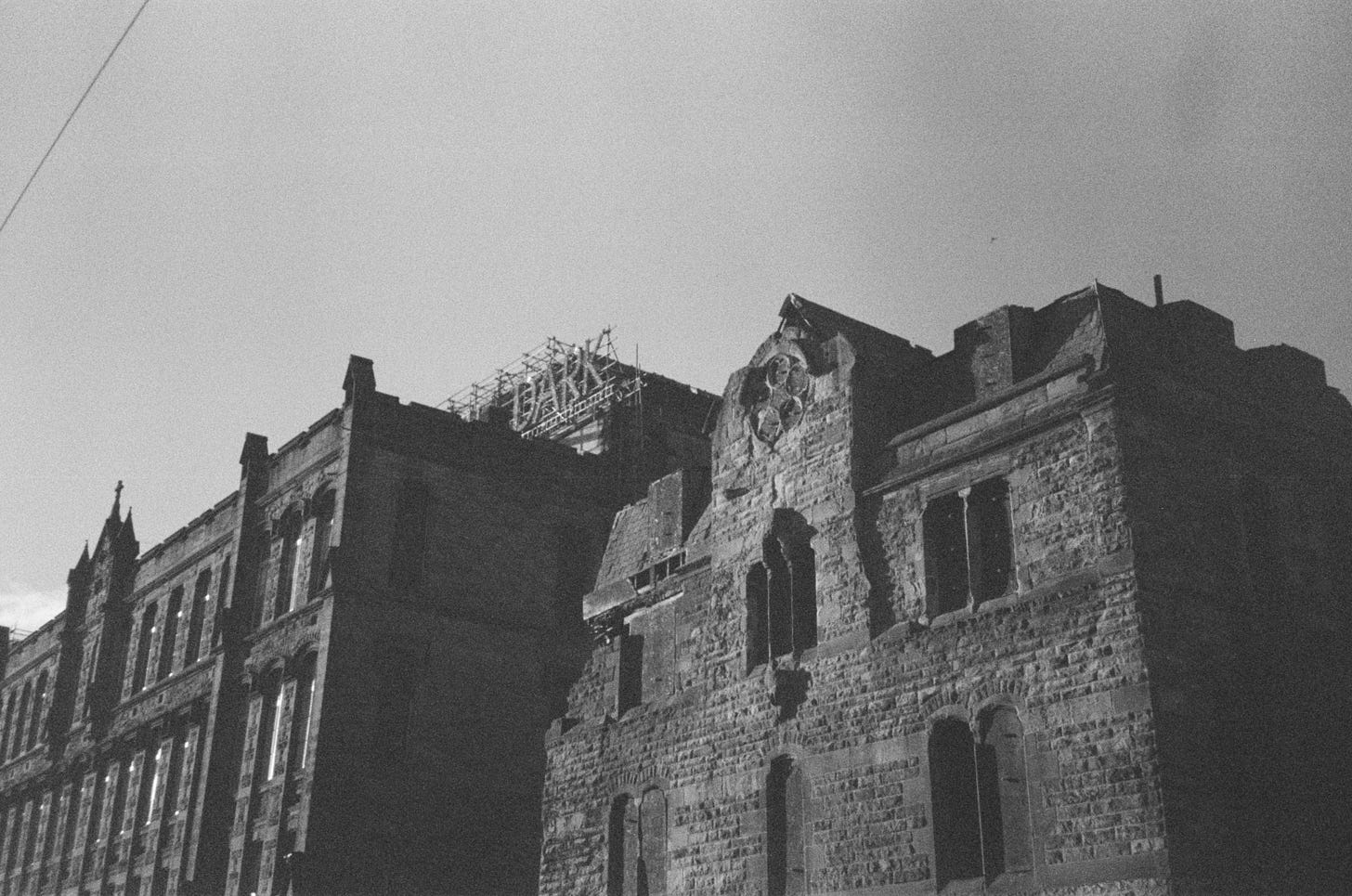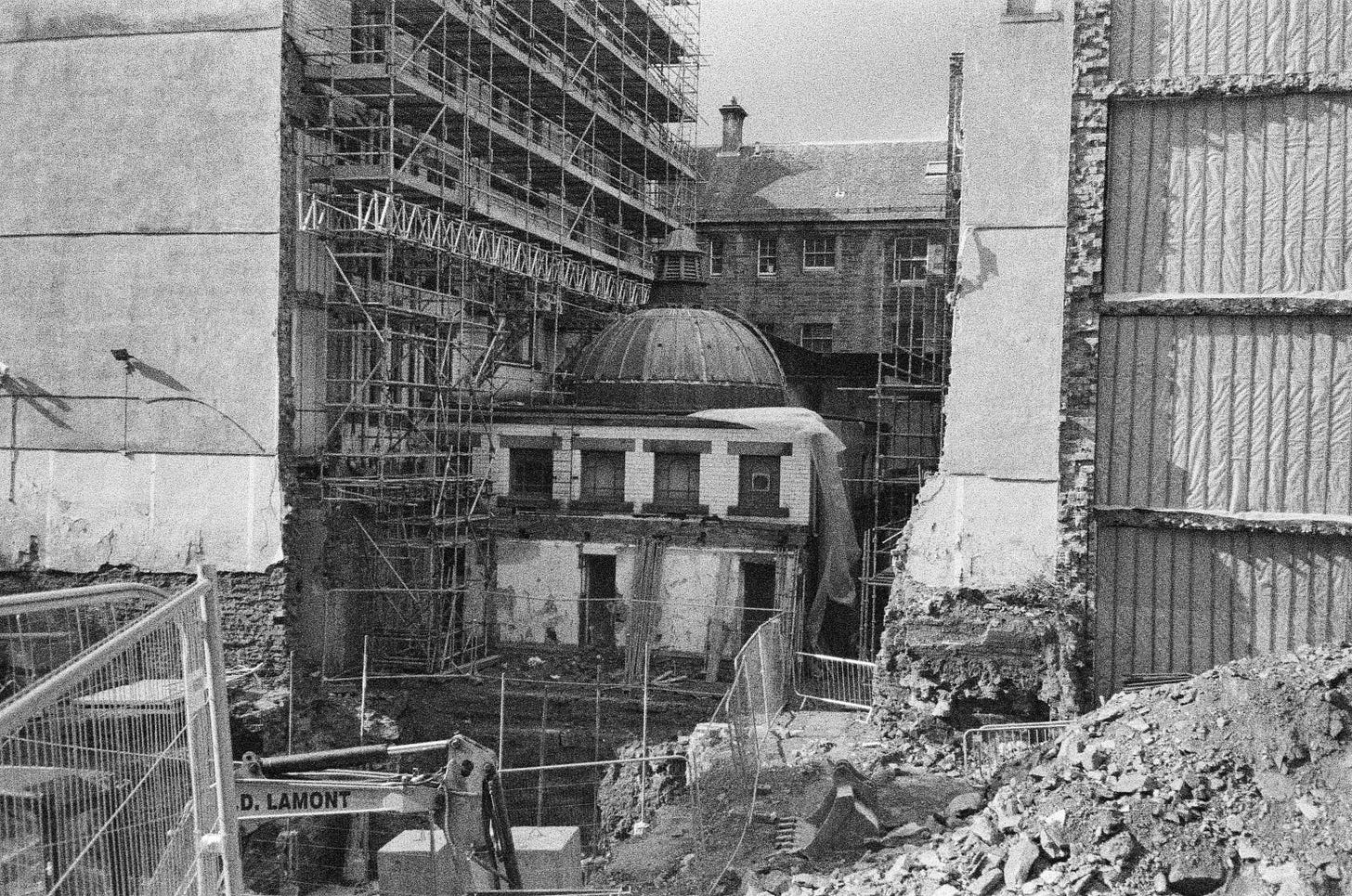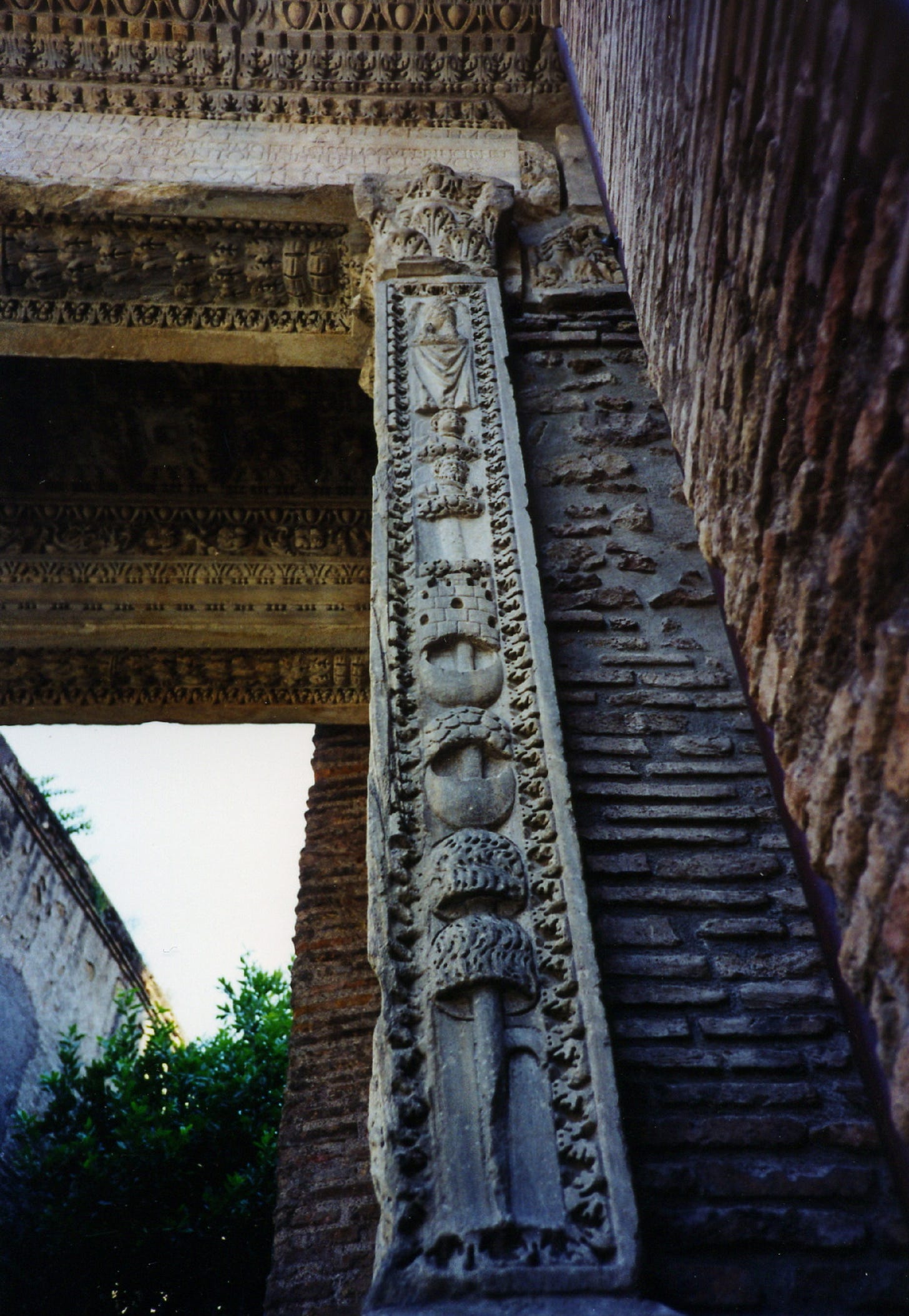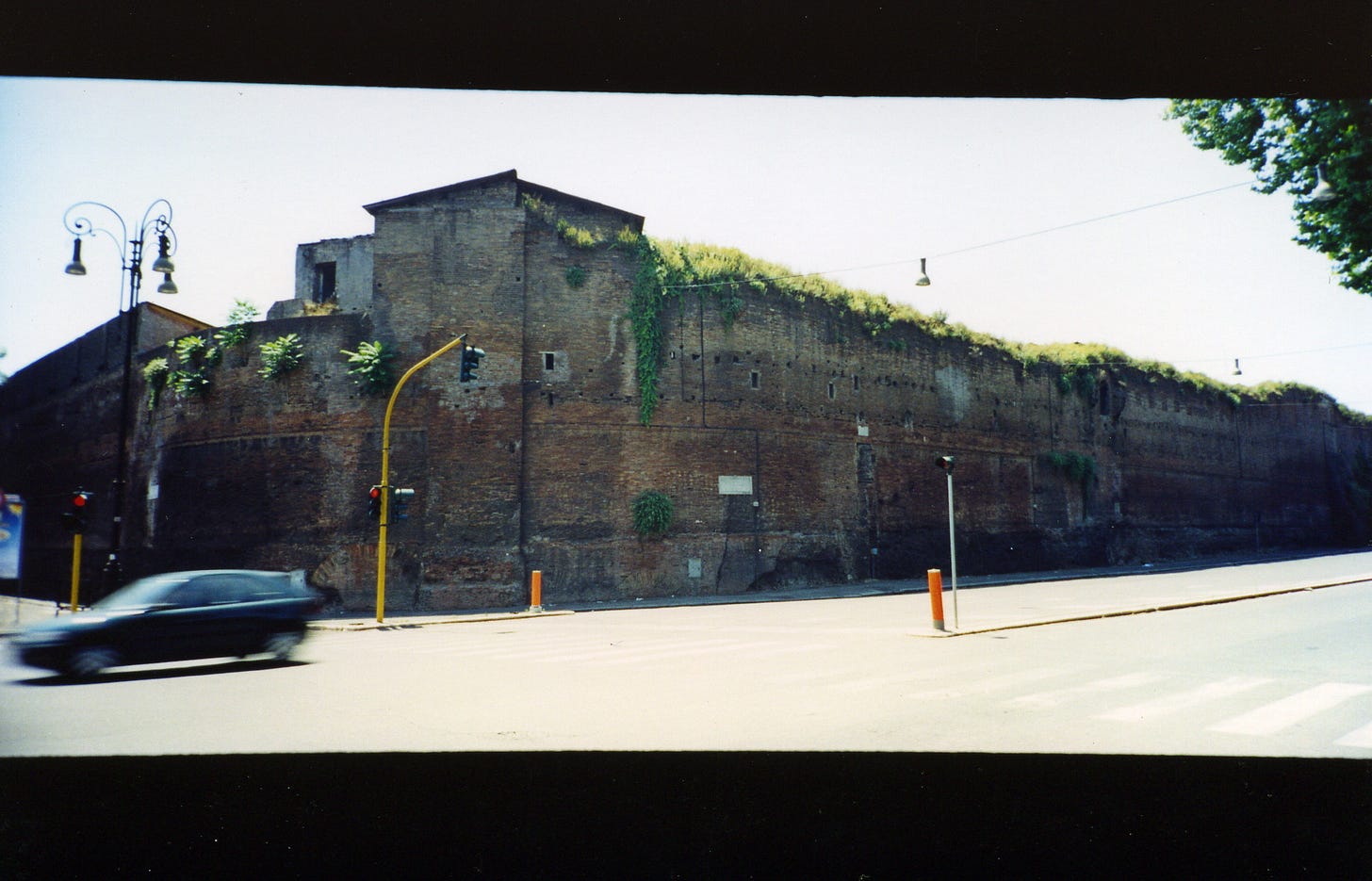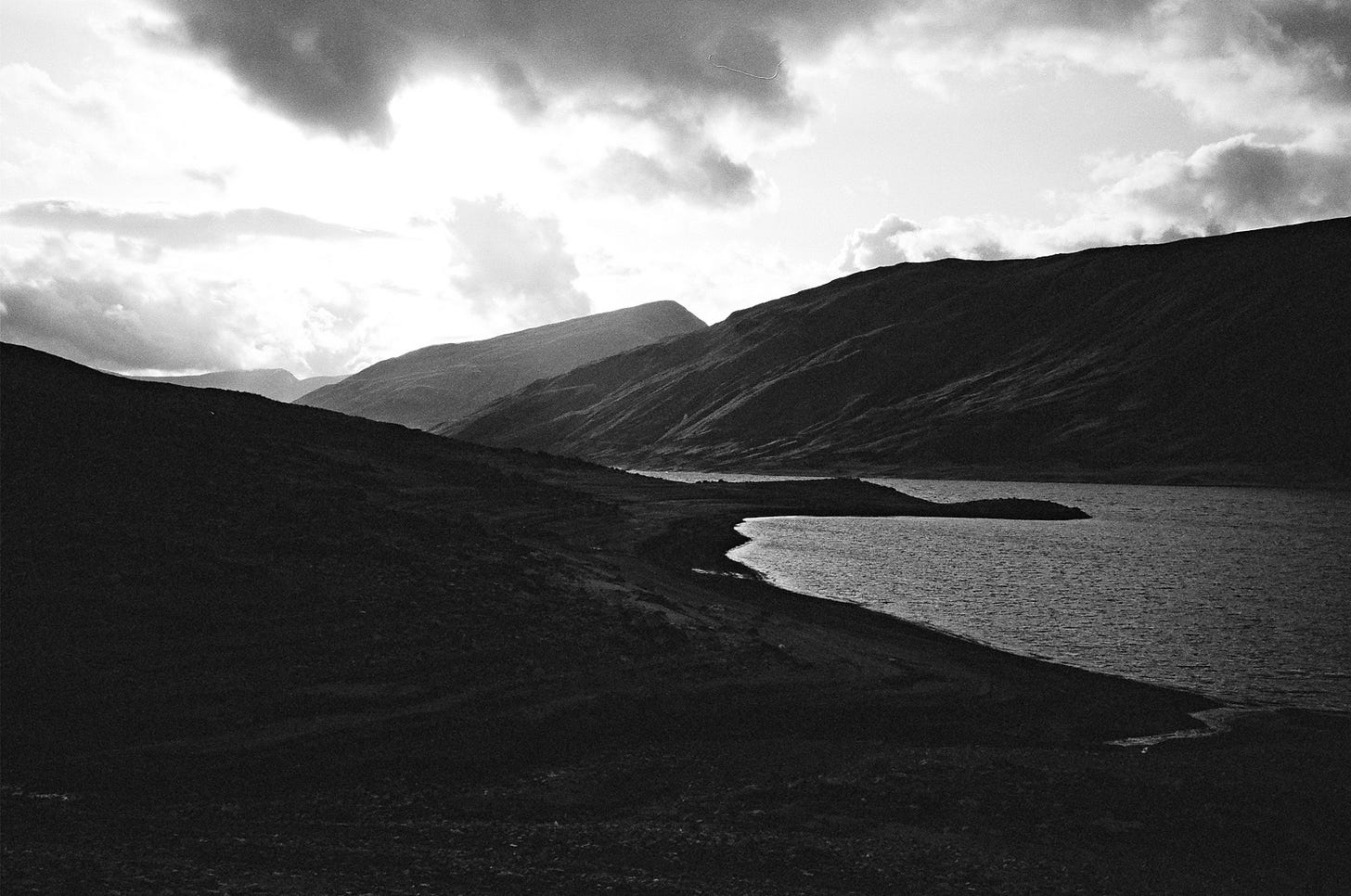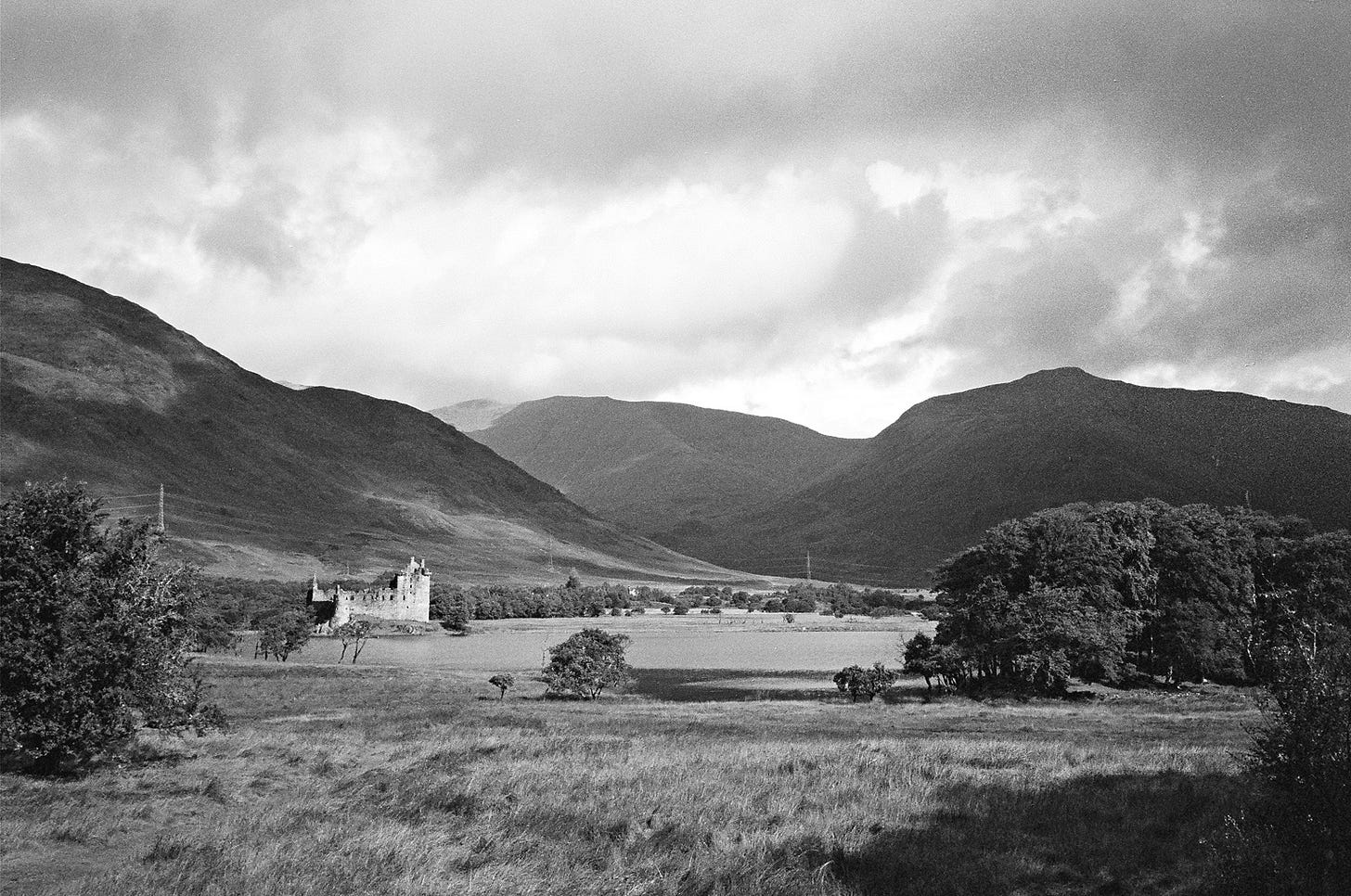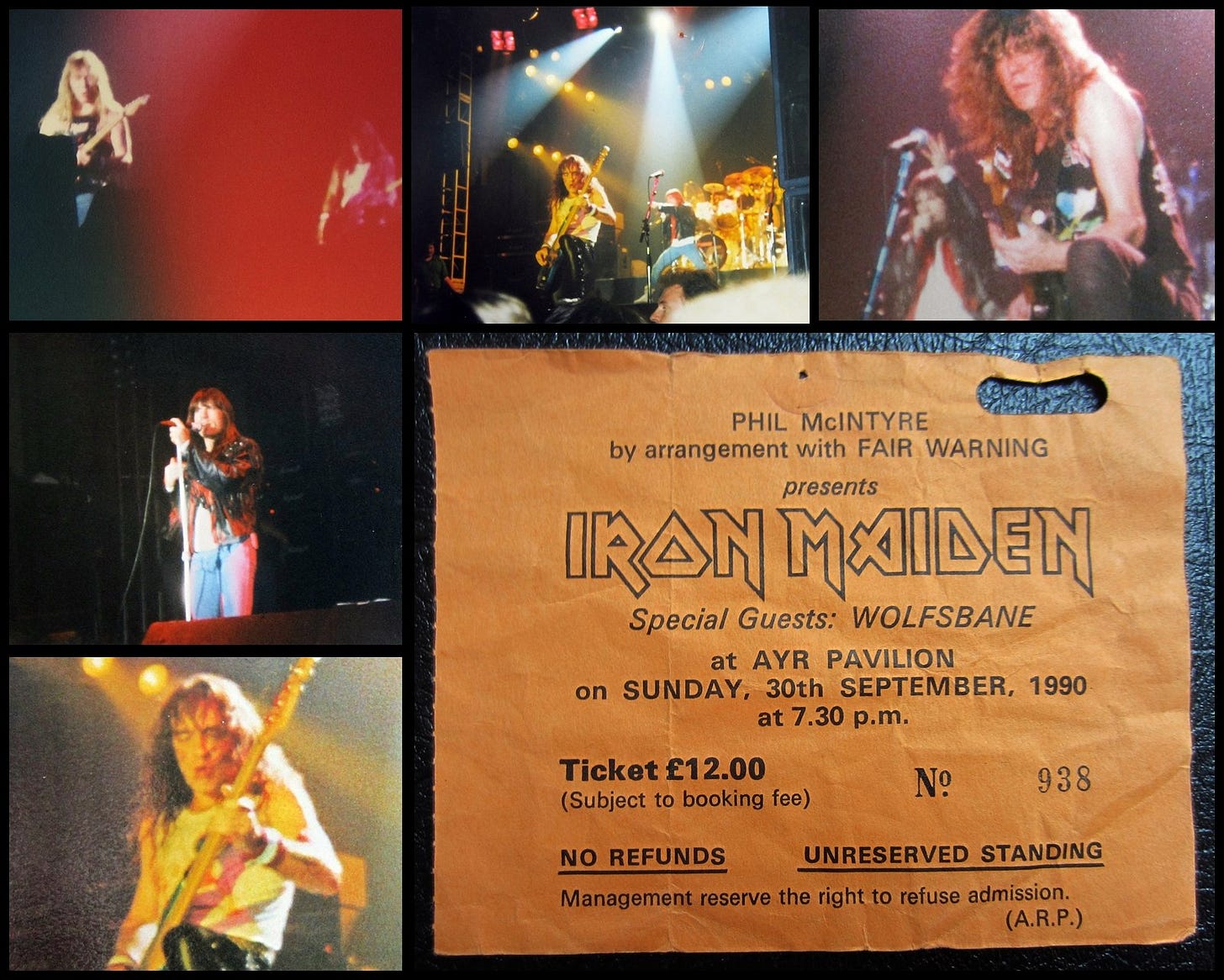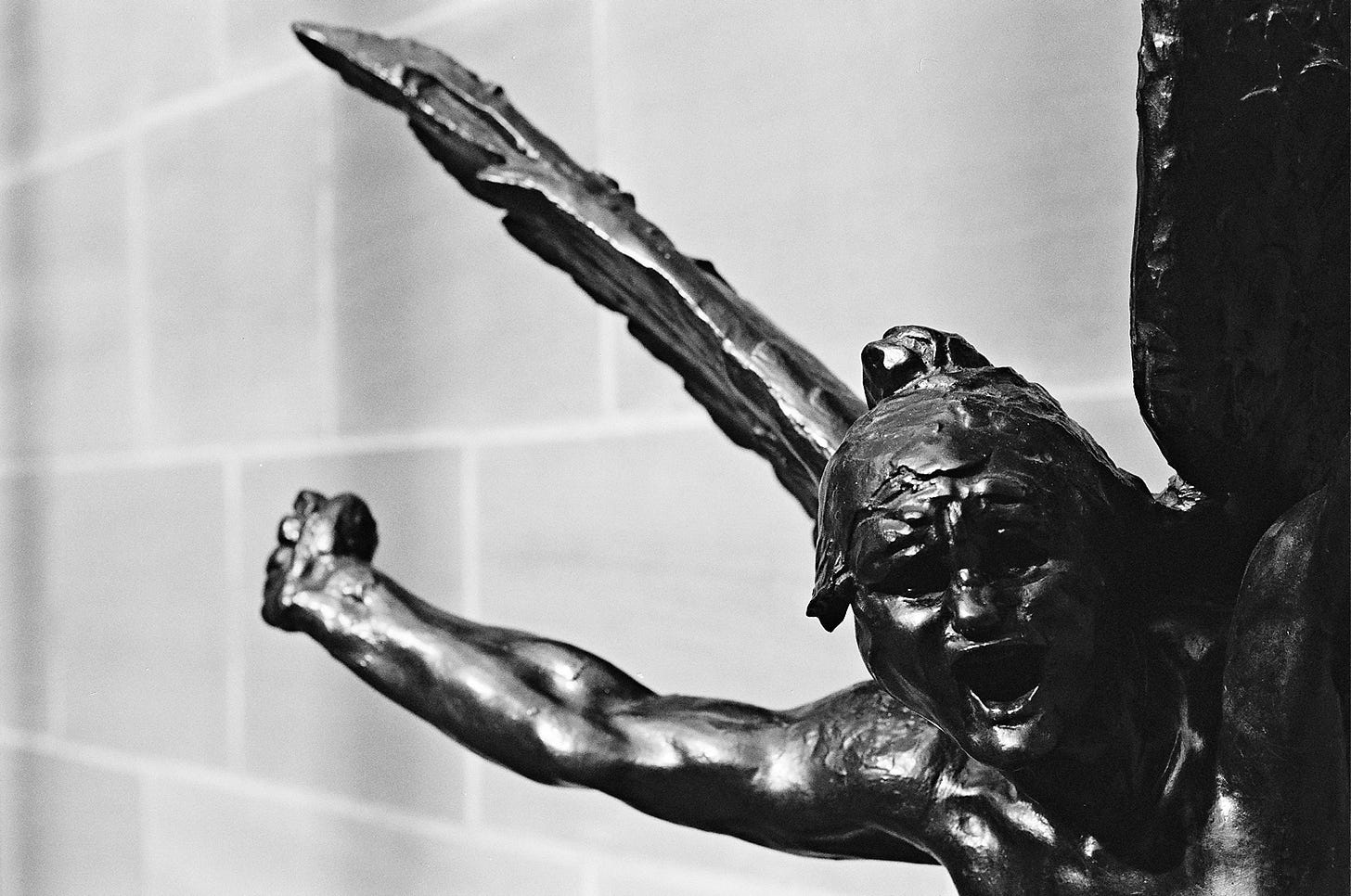A Photo Essay of Sorts
An ode to the Nikon F65, Ricoh R1 and Olympus Mju II
A lamb catches a sliver of sun above Keknock in Glen Lochay (July 2007):
It is one of my favourite photos. A vivid memento of a Highland expedition with an adventurous cousin who now roams the Great Plains. It was photographed with a Nikon F65, 28-200mm lens and slide film that produced rich, saturated colour. I’d have to crack open the mount to ascertain the variety.
Mju V and Grainy Glasgow
I love film photography but, oh, the cost of film and development these days!1 I still have the F65 (the rubberised casing is dissolving into sticky gloop) and my cache of film is reduced to three rolls of the Kodak T-Max P3200 (exp. Oct. 2011). My other film camera, kindly donated to me by that adventurous cousin, is an Olympus Mju V.
The Mju V and T-Max P3200 is a not an obvious pairing for general point-and-shoot photography, but I’m too mean to shell out for something more suitable, e.g. Ilford XP2. Still, I’ve captured some interesting shots, like the performative koran-reader perched on the Squiggly Bridge in Glasgow (March 2020). It’s one of the few occasions that the Mju V’s zoom has proved useful:
And the graininess of T-Max P3200 seemed apt when ducumenting dereliction and demolition in Glasgow in the early 2020s:
Ricoh R1 and Rome
My favourite compact camera was the slim and elegant Ricoh R1. I continue to get mileage of the photos I took with it on a post-grad research trip to Rome in 1998, especially this shot of a Praetorian standard on the Arch of the Argentarii. It has featured in numerous publications about the Praetorian Guard and later Roman army.
I was very taken with the R1’s faux-wide angle setting. A pair of wonky blinds simply narrowed the frame but resulted in what I considered to be a pleasing cinematic effect. Here’s the Castra Praetoria:
Mju II in the Glens
The R1 met an untimely end when it fell out of my pocket and exploded upon impact with the remorseless Rashiefield Road. Woe! But then I inherited a classic black Olympus Mju II. The world looked equally splendid through its viewfinder. Loaded with Kodak BW400CN, the Mju II (and its successors) captured the grandeur of Highland glens.
Scarecrow
I took a camera - my Mum’s Praktica compact - to my first gig, the michty Maiden in 1990:
This was the stripped-back No Prayer era. No icebergs, pyramids or other elaborate staging, just painted backdrops and walls of Marshalls. And, with the exception of Steve Harris’ Spandex-clad legs, no ludicrous-yet-heroic stagewear. I was somewhat disappointed. I was similarly dismayed last month, when Justin Hawkins of The Darkness took to a Glasgow stage not in a magnificent Angela Bright catsuit, but in relatively mundane double denim. I digress.
It never occured to me to take the R1 to concerts. Don’t ask me why. It had a metal front and the walk-through metal detector and pat-down searches may have put me off taking it to the Barrowland Ballroom, but the ultra-compact camera would have been easy to smuggle into other Glasgow venues. Hey ho.
Seventeen years would pass until my next foray into concert photography. The superior Dio-fronted Black Sabbath, AKA Heaven and Hell, was playing Glasgow in November 2007; it seemed the perfect opportunity to finish the roll of film in the black Mju II. I was keen to get it developed because I had some potentially great shots, including a discarded scarecrow in an Ayrshire field. As I recall, it looked like a cross between decomposing casualty of the Western Front and the victim of a macabre murder in an episode of Mark McManus-era Taggart. The film was never developed: I lost the camera at the concert, slipping it into a pocket that was not there. Aargh!
My film photography on Flickr: Olympus Mju, Nikon F65 and Ricoh R1.


